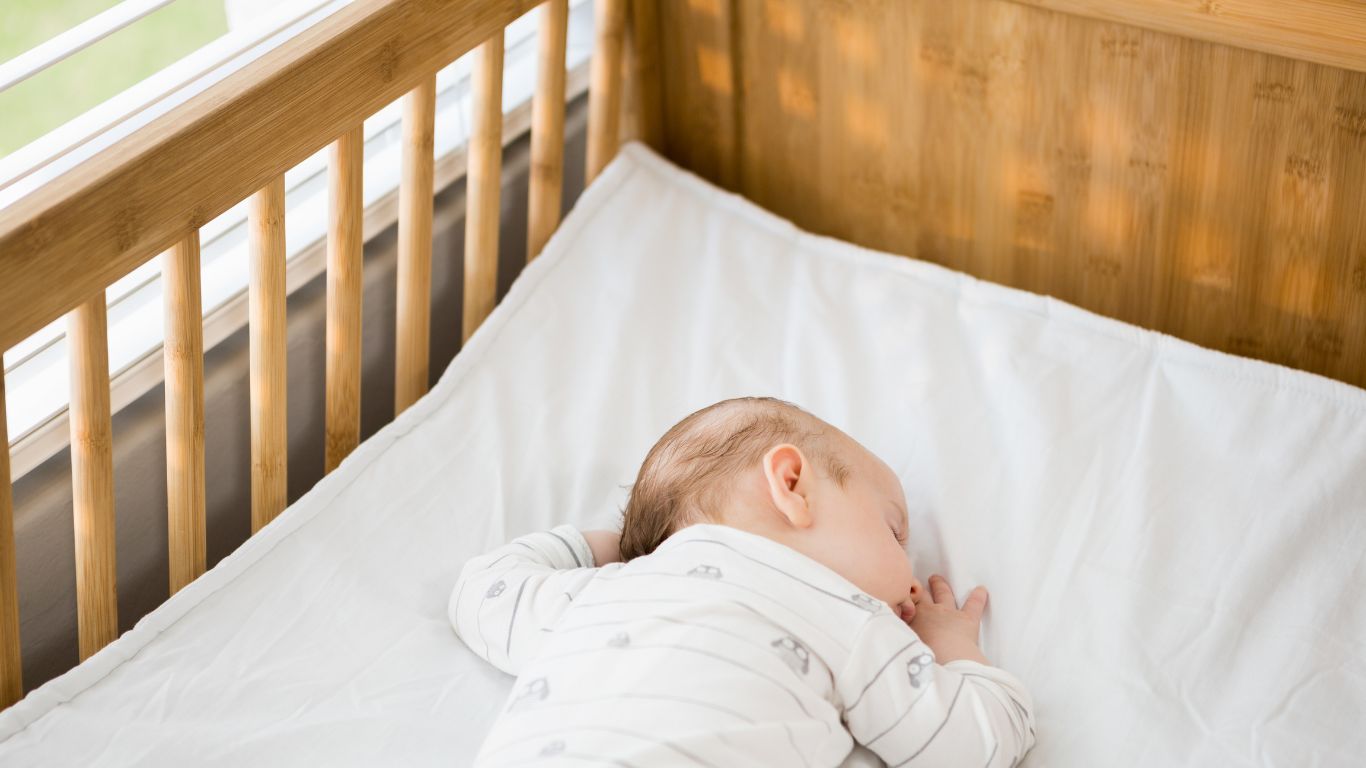
Welcoming a new member into your family is a joyous occasion, and ensuring their comfort and safety is a top priority. One essential item that provides both comfort and security for your little one is a Baby Cradle. In this comprehensive guide, we will explore everything you need to know about baby cradles – from their types and features to safety tips and maintenance.

One of the classic choices for newborns is the traditional wooden cradle. Crafted from sturdy materials like oak or maple, these cradles often feature a gentle rocking motion, creating a soothing environment for your baby. The timeless design adds a touch of elegance to any nursery.
For families on the go, portable travel cradles are a convenient option. These lightweight and collapsible cradles are designed for easy transport, making them ideal for vacations, visits to relatives, or simply moving around the house. Look for models with a secure locking mechanism for added safety during travel.
Many modern bassinets come with cradle functionality, offering a versatile solution for your baby's sleep needs. These often feature adjustable heights, storage options, and the ability to convert into a crib as your child grows. The dual-purpose design makes them a practical choice for space-conscious parents.
Selecting the right Baby Cradle Swing involves considering various factors to ensure the well-being of your newborn.
Safety is paramount when choosing a baby cradle. Look for models with sturdy construction, well-secured bedding, and breathable materials. Check for certifications that adhere to safety standards, ensuring your baby sleeps in a secure environment.
Consider the available space in your nursery when choosing a baby cradle. Measure the dimensions to ensure a proper fit without overcrowding the room. Additionally, think about storage options if you have limited space and may need to stow the cradle when not in use.
Opt for cradles made from durable and non-toxic materials. Wooden cradles are a popular choice for their sturdiness and classic appeal. Ensure that the finish is free from harmful chemicals, promoting a healthy sleeping environment for your baby.
Look for cradles with adjustable features such as height, incline, or rocking motion. These customizable options allow you to cater to your baby's specific needs, whether they prefer a gentle sway or a stationary sleep surface.
Once you've chosen the perfect baby cradle, it's time to set it up for your little one's comfort. Follow these steps for a safe and cozy sleeping space:
Carefully read and follow the manufacturer's assembly instructions. Ensure that all parts are securely connected, and there are no loose screws or components that could pose a safety risk.
Choose soft and breathable bedding for your baby's cradle. Ensure that the mattress fits snugly without any gaps, reducing the risk of entrapment. Avoid using excessive bedding, such as pillows or thick blankets, to prevent suffocation hazards.
Select a suitable location for the cradle within the nursery. Keep it away from windows, blinds, and cords to eliminate potential safety hazards. Ensure proper ventilation and avoid placing the cradle near radiators or heating vents.
Ensuring your baby's safety is of utmost importance, and following these guidelines will help create a secure sleep environment:
Regularly inspect the cradle for any wear and tear. Check the screws, joints, and mattress support to make sure everything is in good condition. Promptly address any issues to maintain the cradle's safety.
Adhere to the manufacturer's weight limitations for the cradle. As your baby grows, transition to a crib that can support their increasing weight. Using the cradle beyond its recommended capacity can compromise its structural integrity.
Avoid leaving them unattended for extended periods, especially once they start rolling or attempting to sit up. This attentive approach ensures you can quickly address any potential issues.
Once your baby starts showing signs of increased mobility or reaches the cradle's weight limit, consider transitioning to a crib. Cribs provide a more secure environment for an active and growing infant, reducing the risk of accidental falls.
Proper maintenance and cleaning are essential to prolong the life of your baby cradle and provide a hygienic sleeping space:
Clean the cradle regularly to remove dust, allergens, and any potential contaminants. Ensure that the cleaning products used are safe for your baby.
If you plan to store the cradle between uses, disassemble it following the manufacturer's guidelines. Before reusing, inspect the cradle to ensure it remains in good condition.
Baby cradles often hold sentimental value and may be passed down to younger siblings or friends. Before passing on a cradle, thoroughly inspect it for safety and structural integrity. Provide the new users with assembly instructions and safety guidelines.
A baby cradle is a cherished addition to your nursery, offering a secure and comfortable space for your newborn to rest and sleep. By choosing the right type, prioritizing safety, and following proper maintenance practices, you can create an ideal sleeping environment for your little one. Remember to stay informed about your specific cradle model's guidelines and certifications, ensuring a safe and joyful experience for both you and your baby.